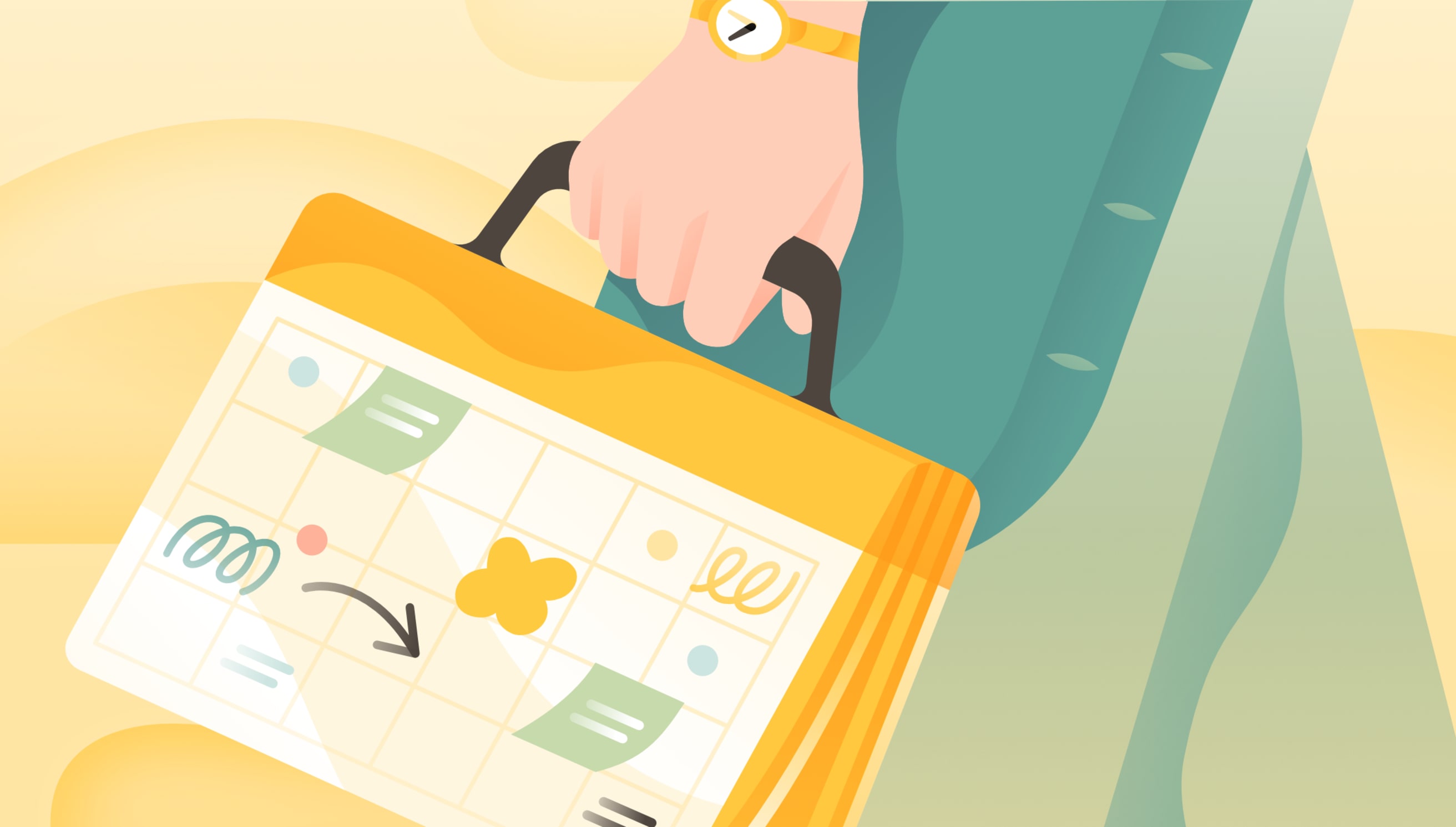

inspiration

Productivity inspiration and tactical advice that’s actually useful.
Join over 160K readers who start their month with the Todoist newsletter.
Featured Articles


How to Organize Your Home in 2025
Take back your space with check-lists for every room in your place
Building a Company Handbook
The Art and Science of Delegation: How to Delegate (With Advice from 11 Leaders)
Actionable steps for making sure "out of sight" doesn't mean "out of mind"
The Remote Worker’s Guide to “Managing Up”
“It’s not always that we need to do more but rather that we need to focus on less.”


More inspiring articles this way...

[Workflow Guide] Accomplish Your Big Goals With Don’t Break the Chain
Build a productivity streak one day at a time (with monthly and annual calendar templates to help)

A Realistic Guide to Time Management
Managing your time well isn't just about getting more done
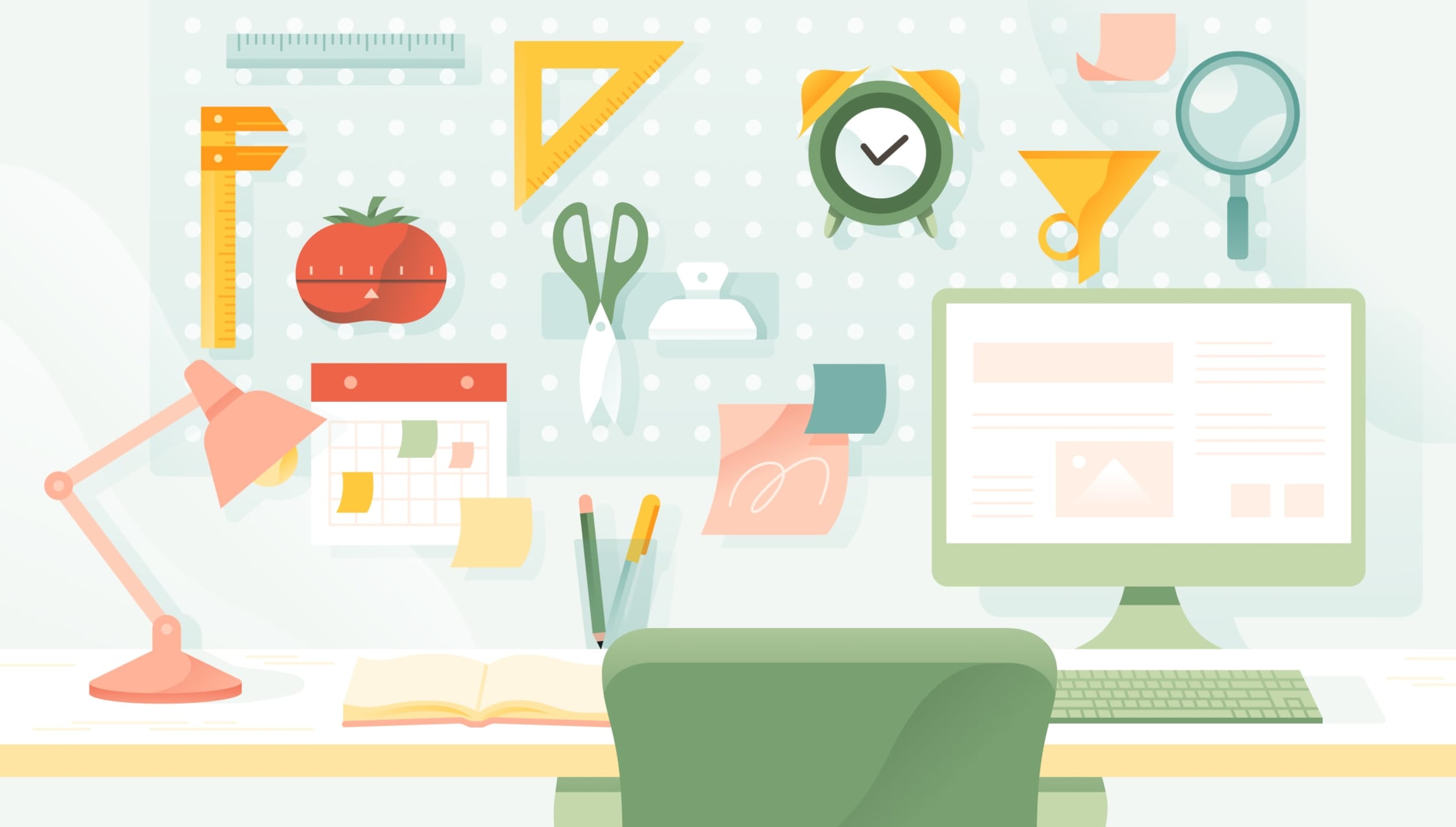
The Best Productivity Apps – A Complete List
These are the apps we recommend for building a complete productivity stack – for iOS, Android, Mac, & Windows
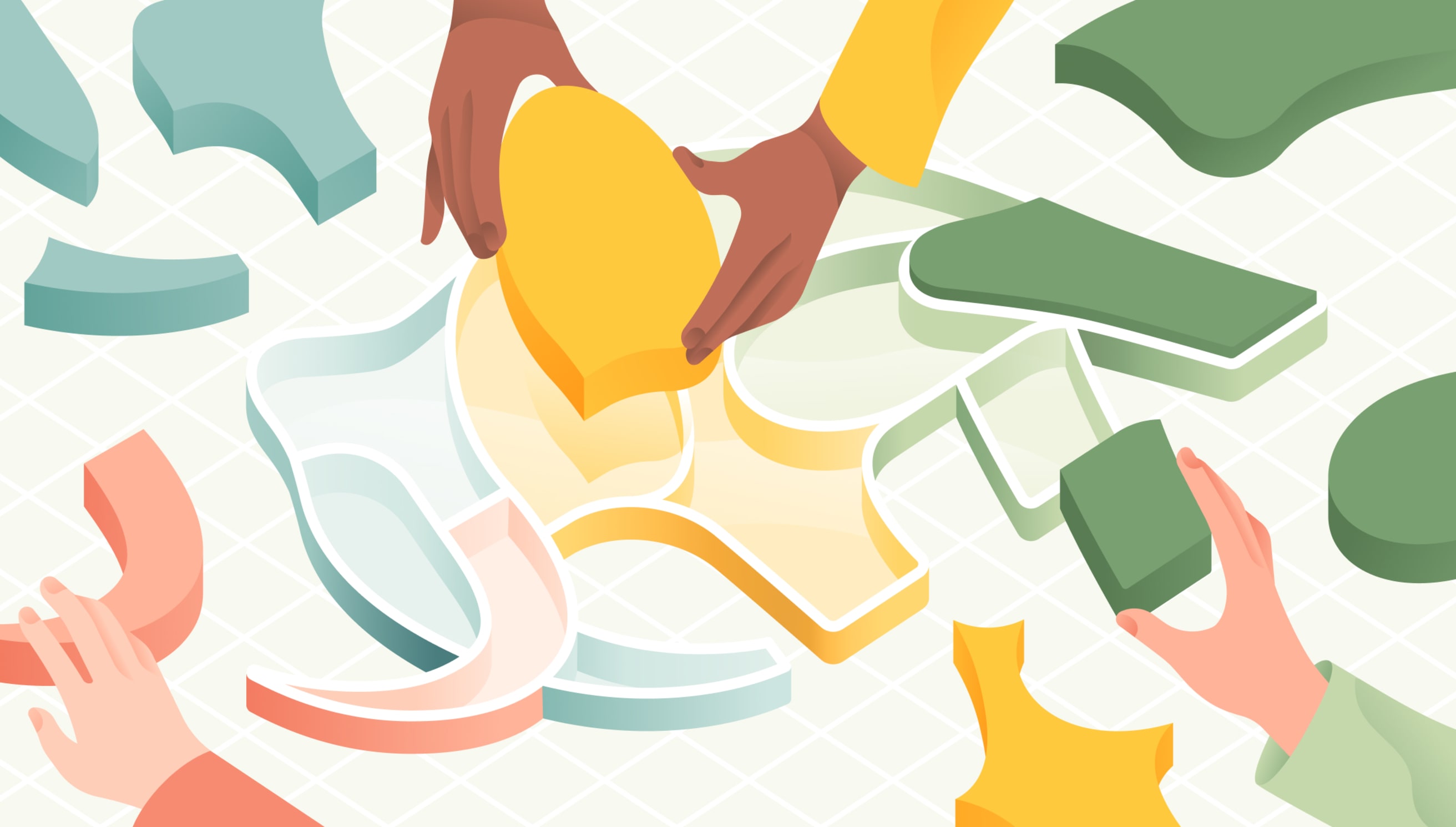
Todoist Sections: 18 Ways to Divide and Conquer Your Projects
With pre-populated templates to get you started

19 Little-Known Todoist Features
Test your Todoist knowledge and pick up a few tricks along the way

How to Use Todoist Effectively — The Complete Guide
Everything you ever wanted to know about using Todoist (and then some)

6 People Who Prove You Don’t Have to Sacrifice Your Career to Work Remotely
Grow your career and embrace the flexibility of remote work too

Read Less. Learn More.
Reading something is one thing, knowing it is another.

7 Unsung Habits of Highly Respected Managers
Doing good work is one thing. Helping your team do their best work is something else entirely.

Managing Remote Employees: Best Practices from Doist’s Head of Marketing
Hint: If you’re asking how to monitor your remote employees, you’re starting with the wrong question.

5 Things You Should Never Assume About Your Teammates

Burned Out and Fantasizing About a Big Life Reset? Start Here
Honest (and realistic) advice from those who’ve been there.

Can Tech Companies Really Un-Distract Us?
Google, Apple, and Facebook all seem to think so, but here’s why we shouldn’t let ourselves off the hook just yet.
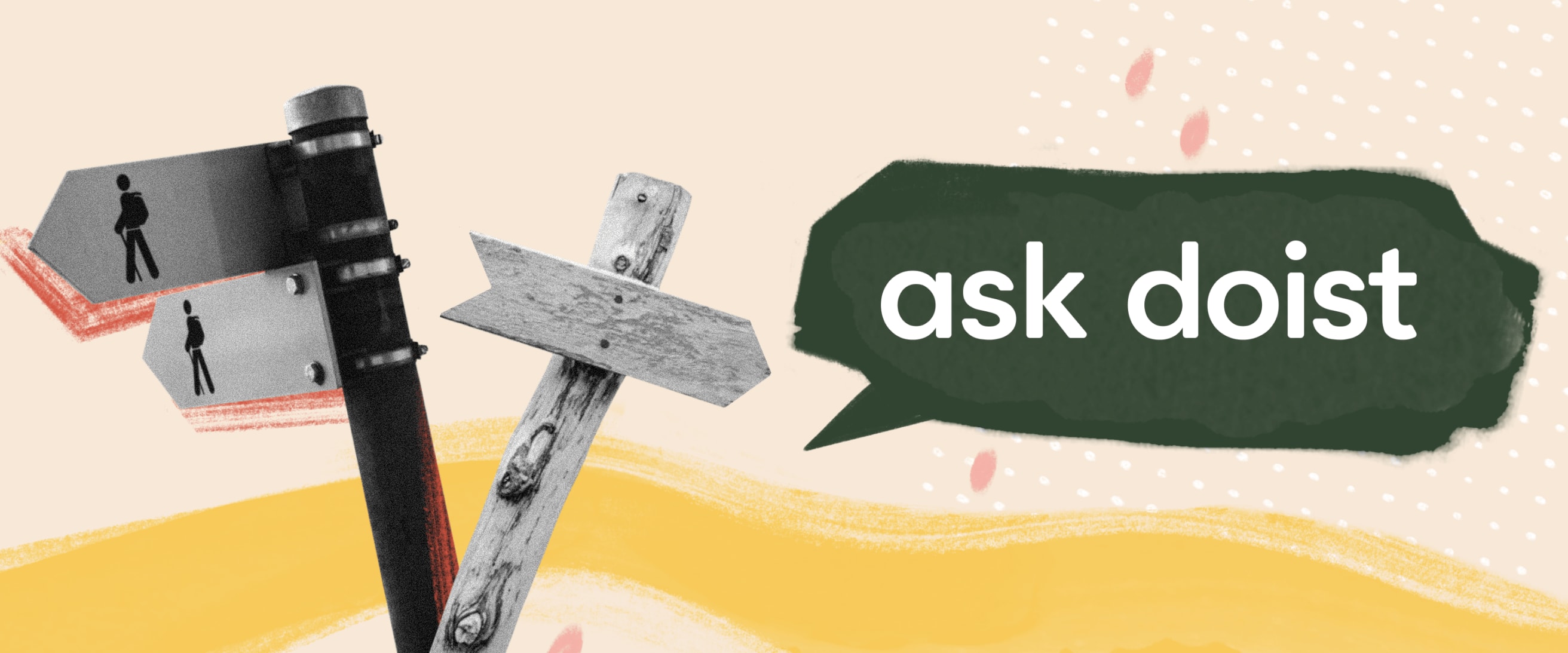
Ask Doist: How Do I Make a Career Change When My Current Skills Aren’t Easily Transferable to a New Professional Path?
Currently reassessing their life, one reader asks about the best steps towards a radical career change.
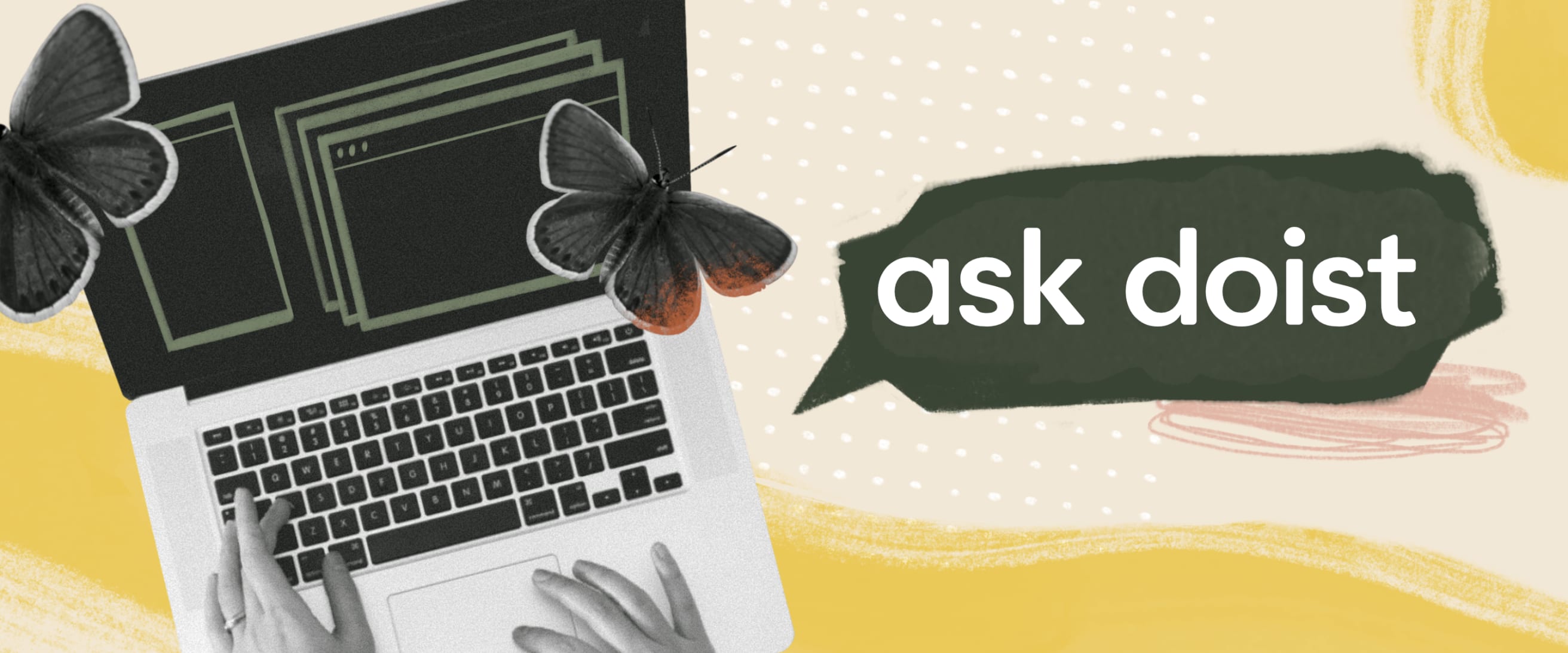
Ask Doist: I Can’t Stay Focused During My Department’s Very Long Meetings No Matter What I Do
A university employee is struggling to get through her department's hour-plus meetings
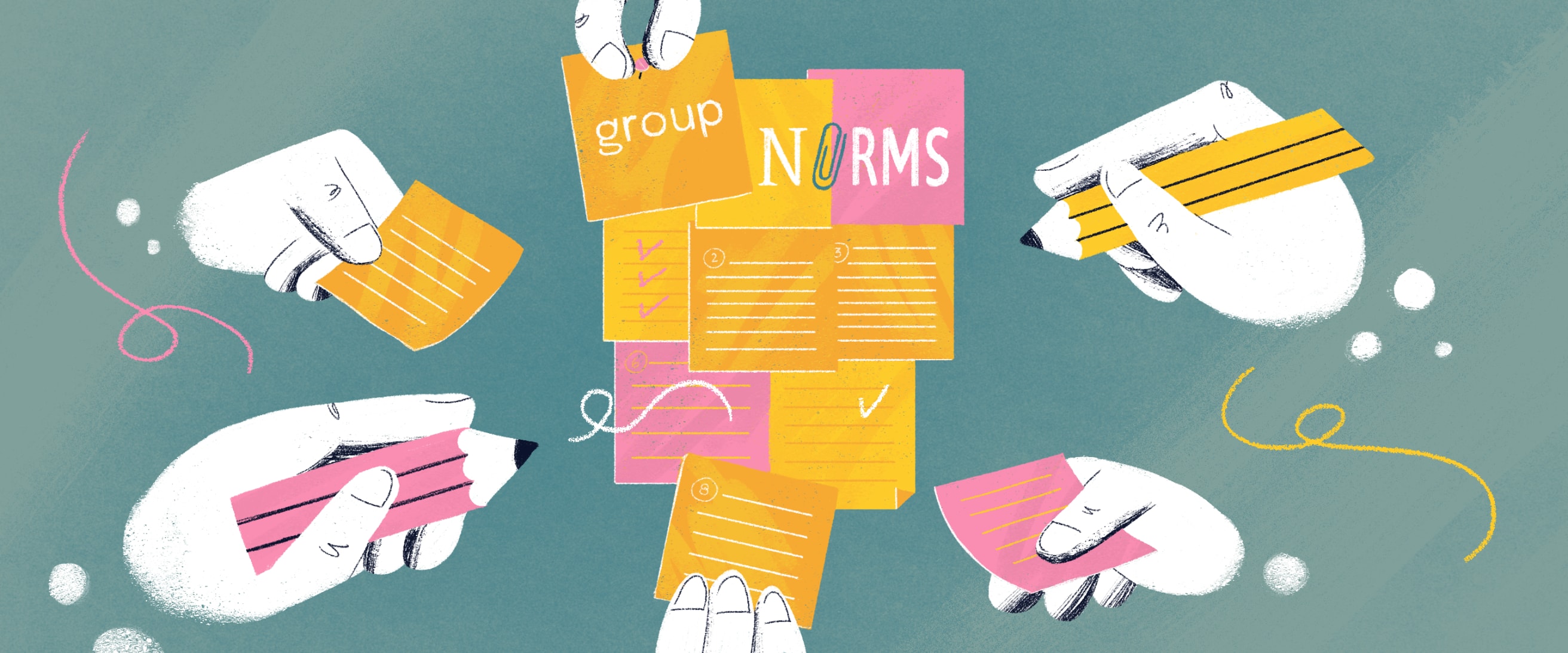
How to Create Group Norms That Make Your Team Stronger
Excellent team communication is built intentionally. Here’s how.

Stop Fearing Critical Feedback — Fear Not Getting It Instead
“To avoid criticism, say nothing, do nothing, be nothing.”

Ask Doist: My Teammates Assume I’ll Be Immediately Available to Help Them 😫
A manager and his team navigate the rocky transition to remote work
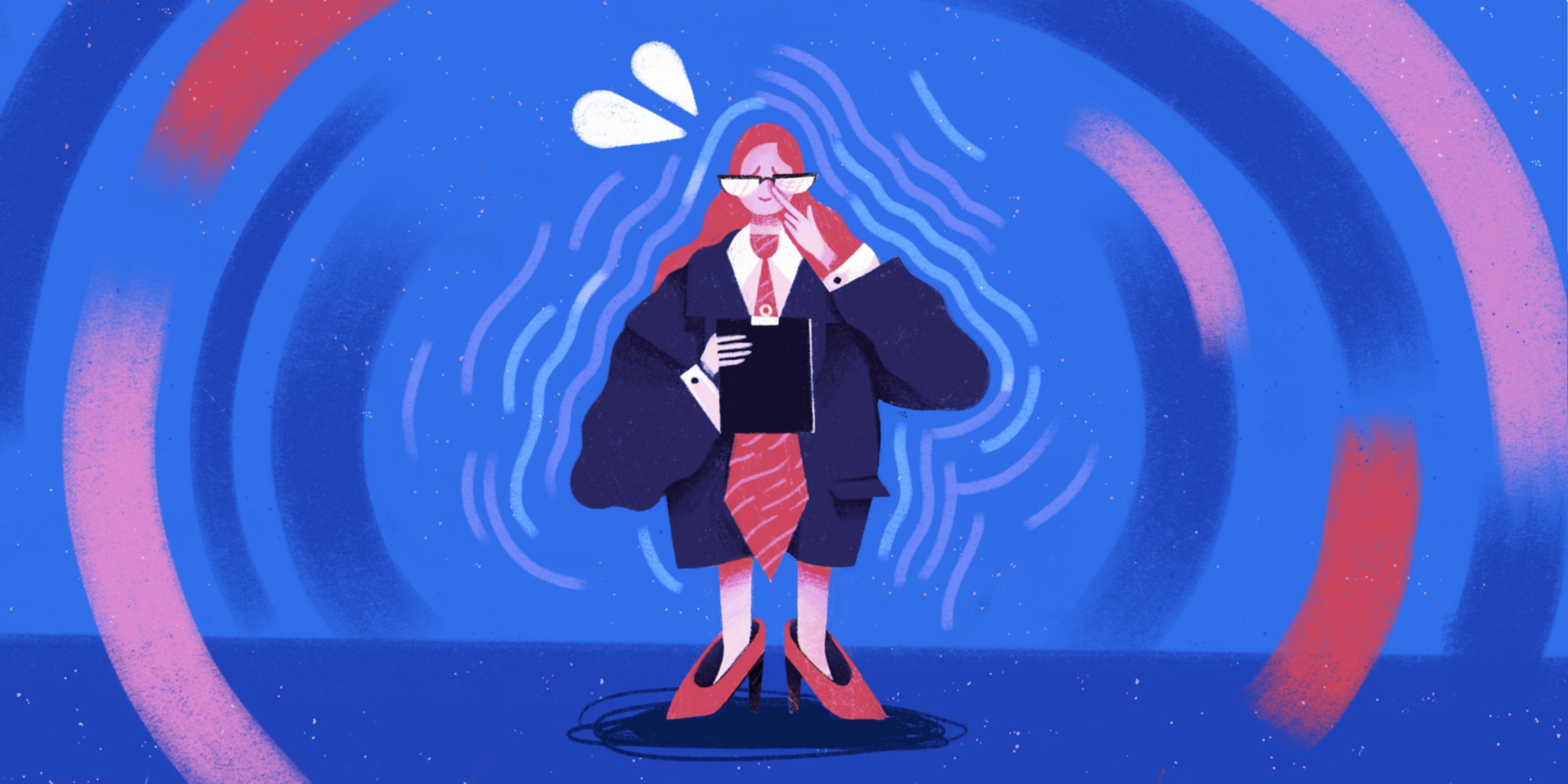
Overcoming Impostor Syndrome as a First-Time Manager
4 pieces of conventional wisdom brand-new managers may be better off ignoring

The Do’s and Don’ts of Measuring Employee Productivity in the Knowledge Economy
Innovative solutions for measuring what seems immeasurable
